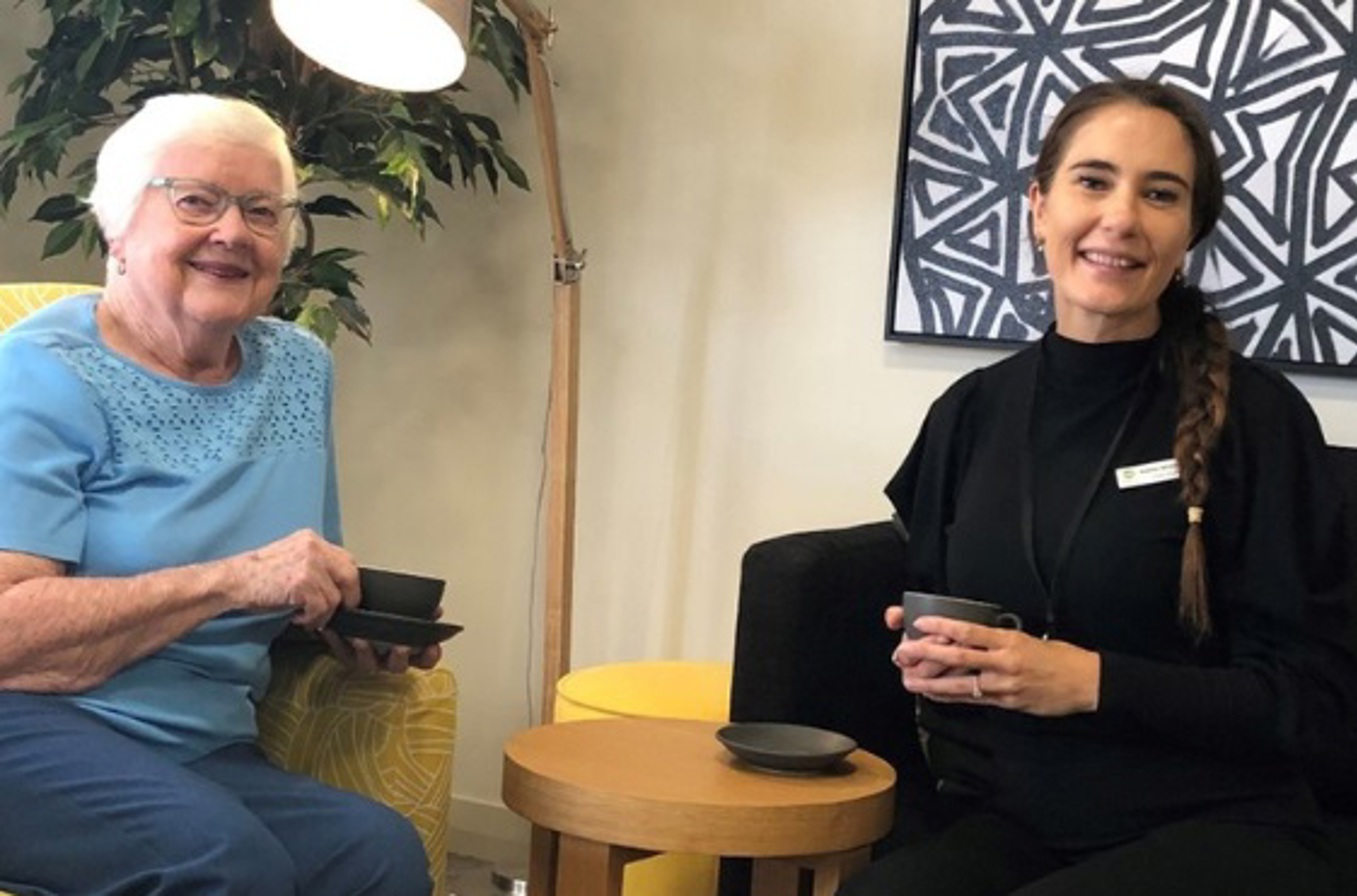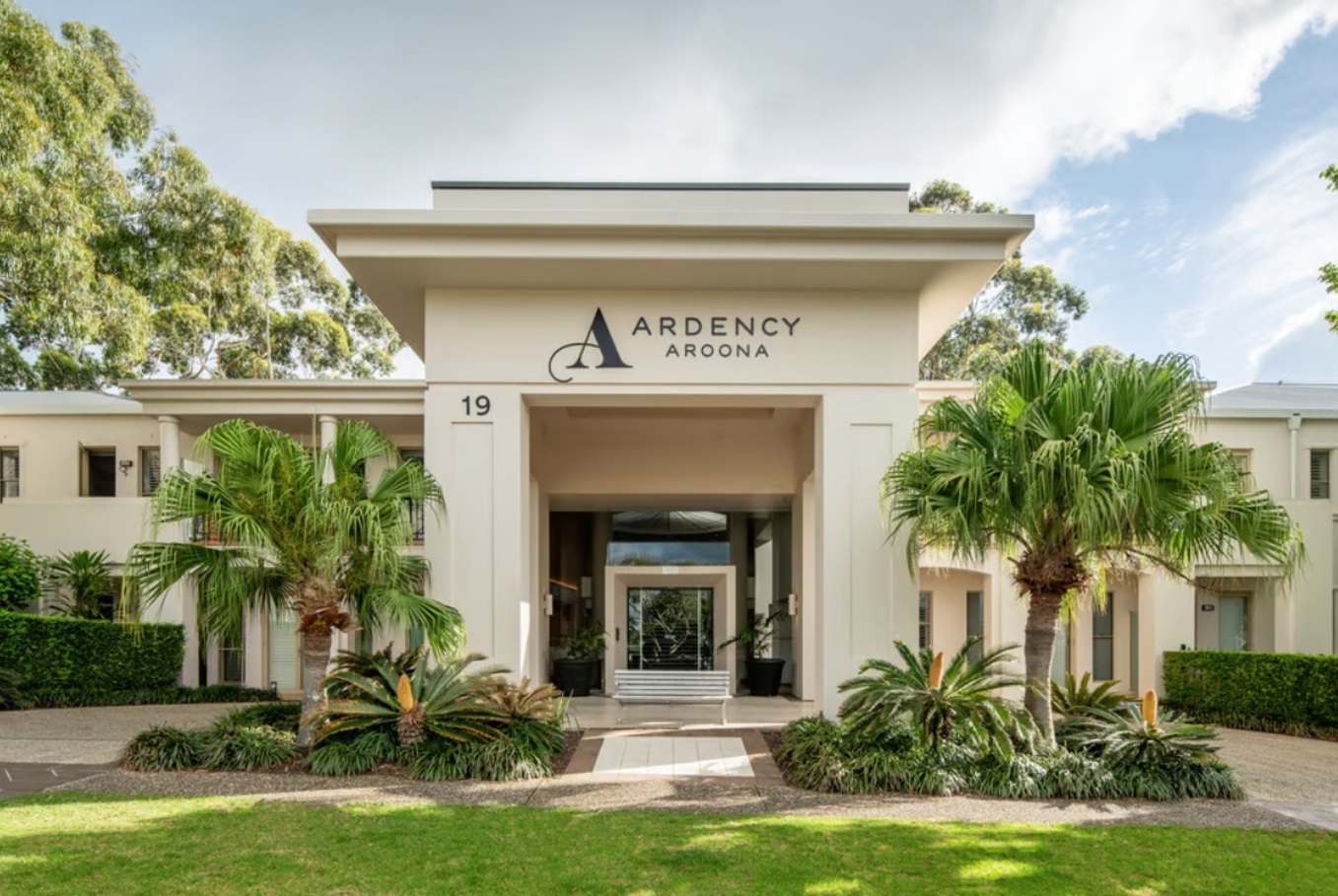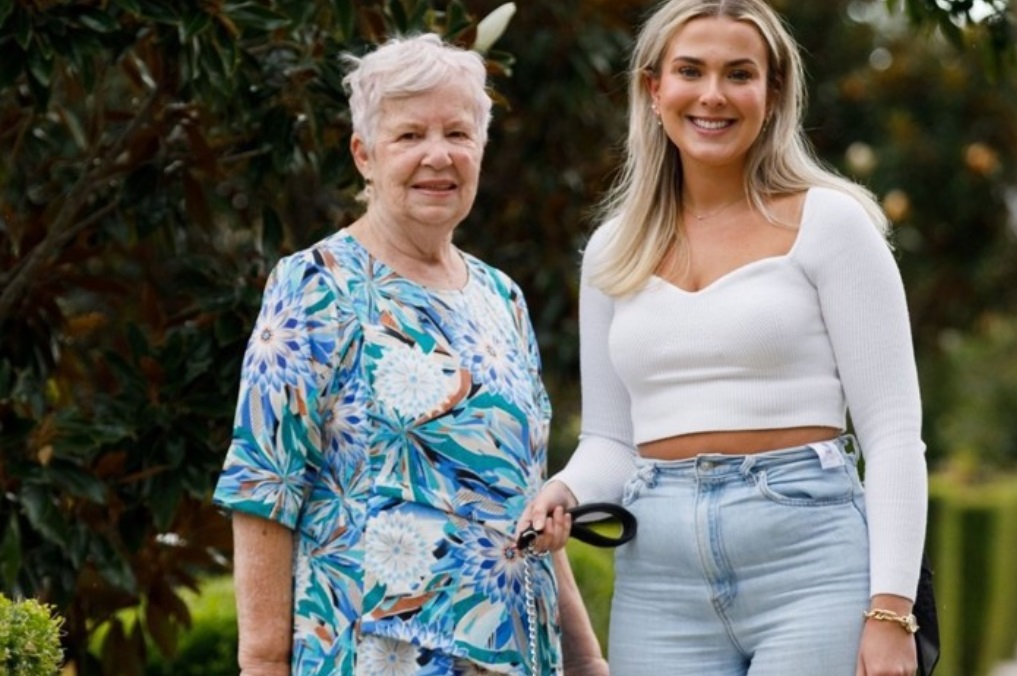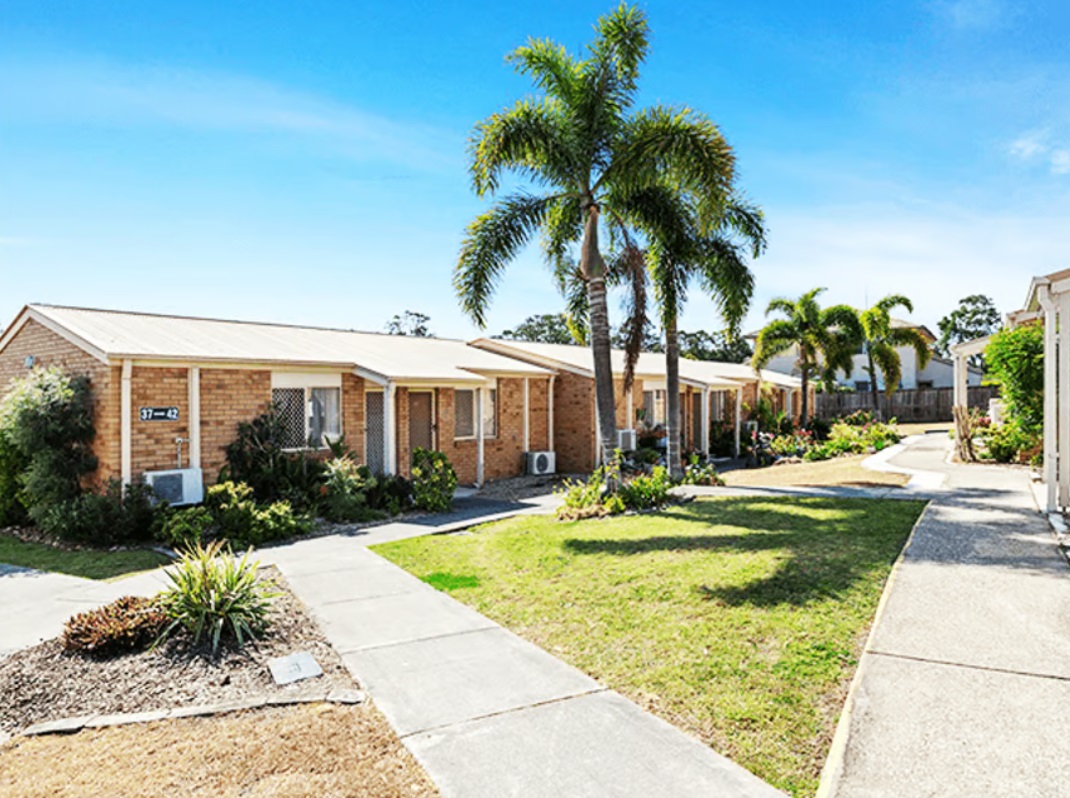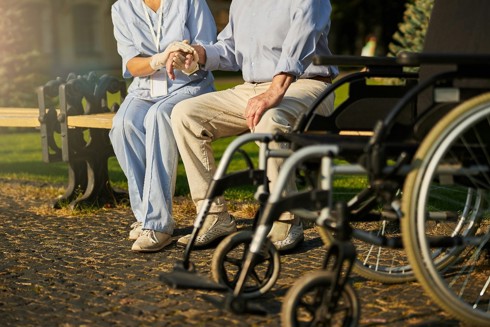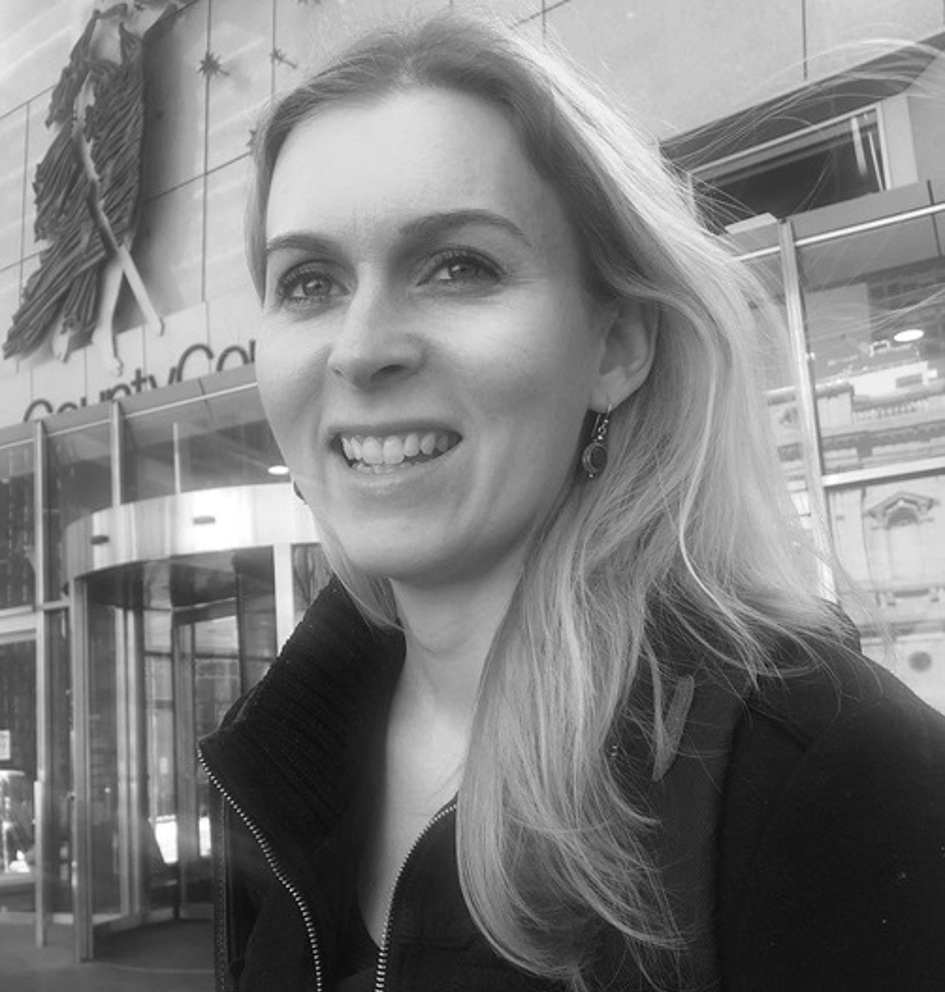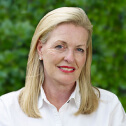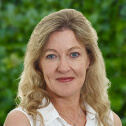Aged care places held back by zoning laws
07/12/2023
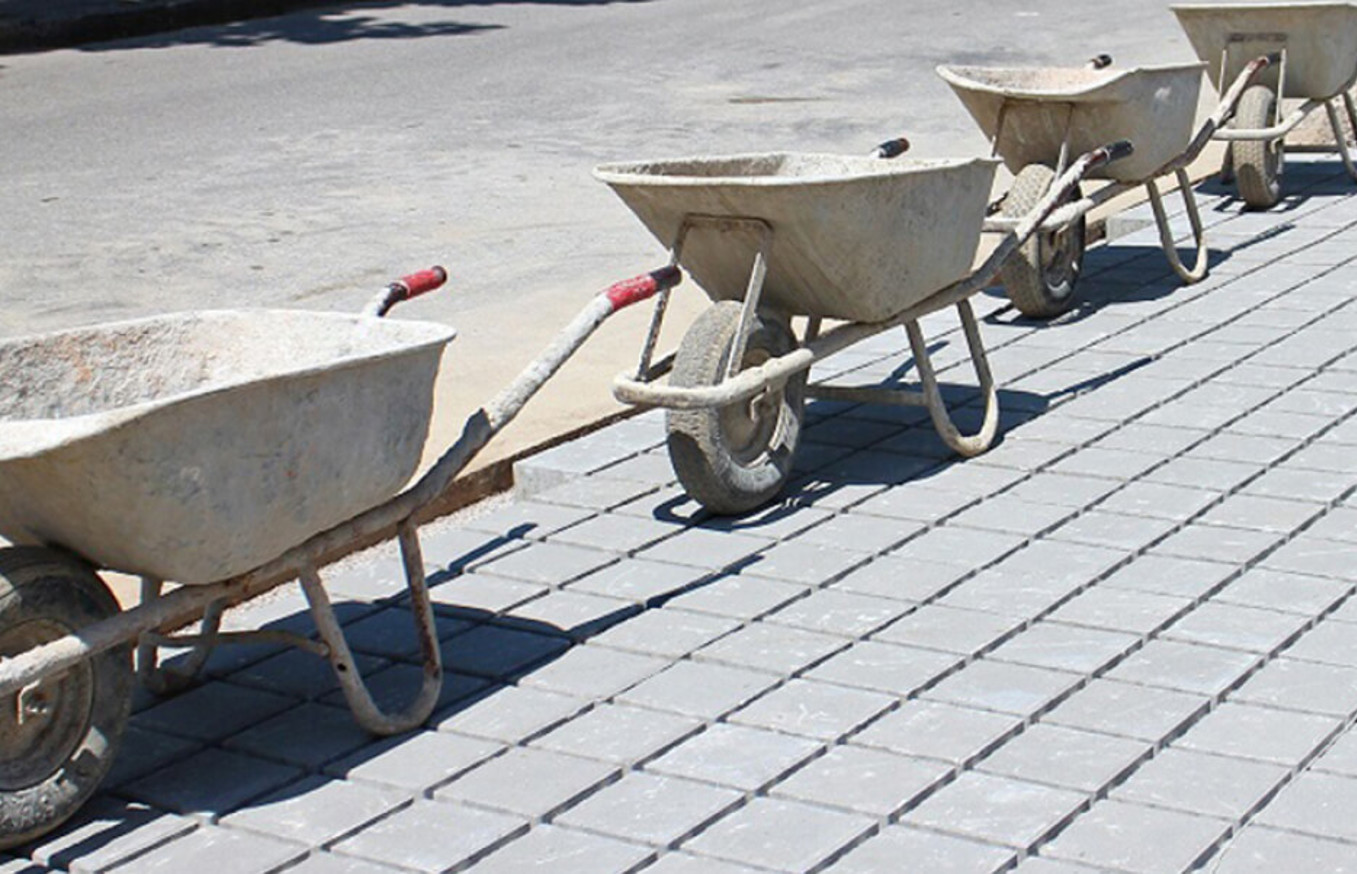
Aged care places held back by zoning laws
“What we all need to do is raise our voices with politicians to create new zoning laws that make the land more easily available. This is the most important step.”
Based on the calculation the government uses to predict demand for aged care services, we will need 69,000 aged care beds in 10 years. However, as things are, it’s just not going to happen.
The bad news is this is just not going to happen. What this means is it will be harder and harder to be accepted into an aged care home (nursing home); we will need to be extremely frail before they will open the door.
This also means that we will spend longer at home, we will risk being more unwell at home and more in danger of critically hurting ourselves at home with its often dangerous design for elderly people.
Loneliness, isolation and depression can be added to this list.
I am not a negative person but the basic facts support this scenario.
69,000 new aged care beds over 10 years is approximately 7,000 new aged care beds a year – or one new aged care facility of 130 beds every week – for 10 years. It’s not going to happen.
Challenges and obstacles
First up, the land is not available because of zoning and objections by neighbours. It takes two to three years to get planning approval, even when everything is straightforward, which is rarely the case.
Then there is the cost. Each new aged care bed costs about $250,000 to build. For 7,000 new beds a year, this means $1.75 billion in funding is required. The aged care operators will need to provide 30 per cent of that to support the debt with the bank. That’s $525 million. It is not going to happen.
And as each year passes beyond the next 10, the problem will get worse; and this is without any discussion about the increasing prevalence of dementia as the majority of people live well beyond the age of 85. This is territory we have not been into before.
Action is needed
What we all need to do is raise our voices with politicians to create new zoning laws that make the land more easily available. This is the most important step. Over time the money will follow if the land is available and ‘de-risked’.
This is not somebody else’s problem, this is going to be our problem. So do us all a favour and pick up the phone or pick up a pen or open your computer and start writing. Please.

